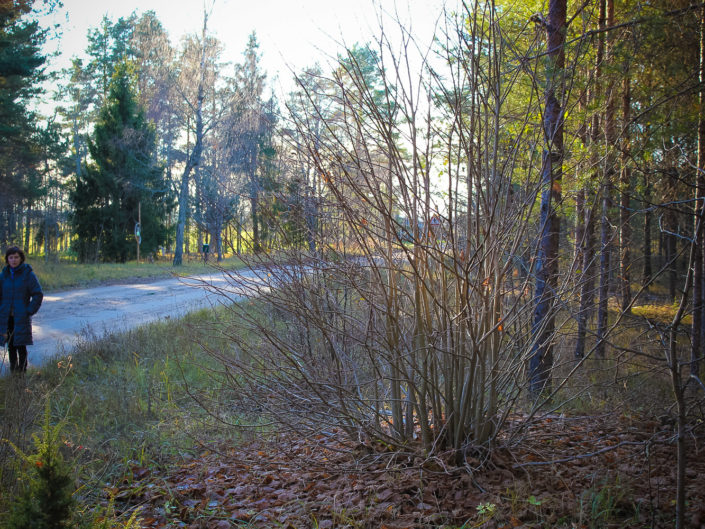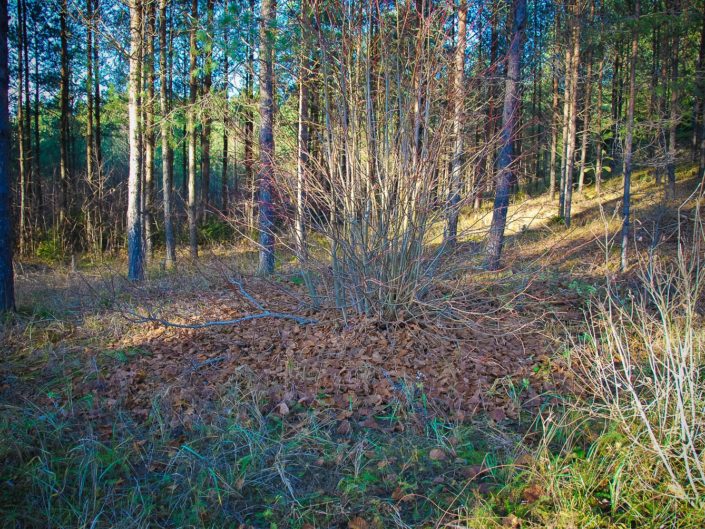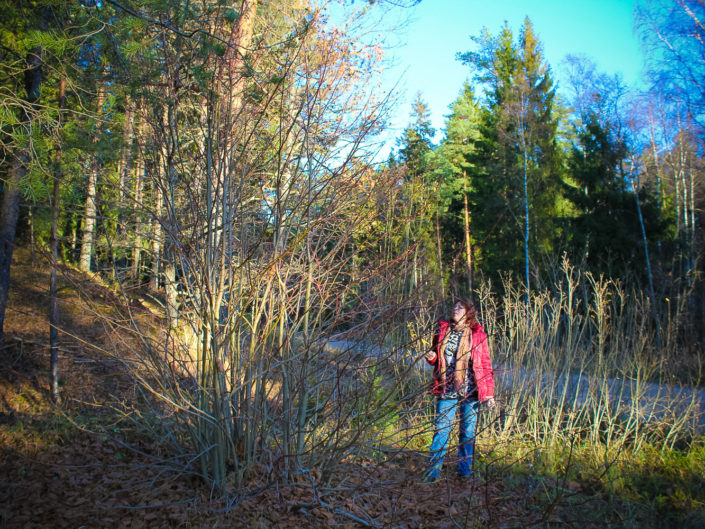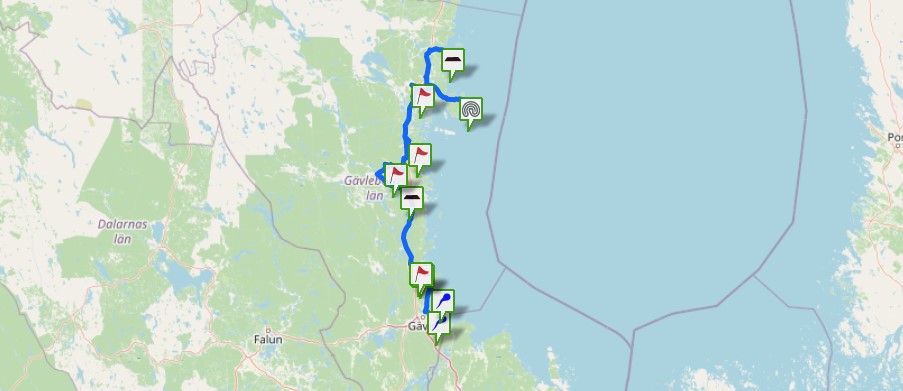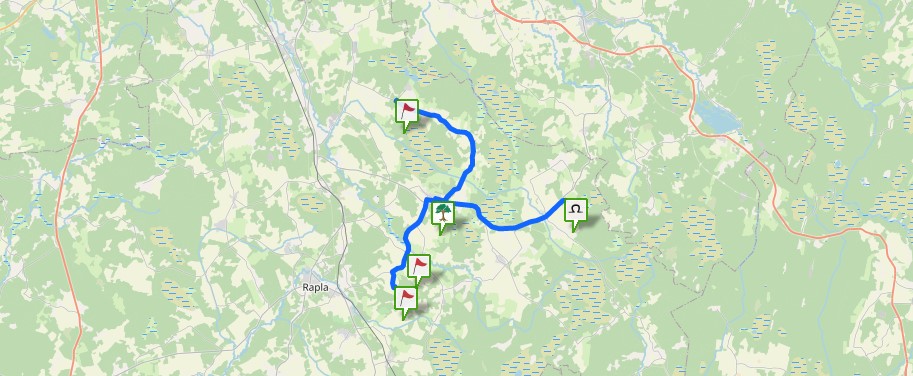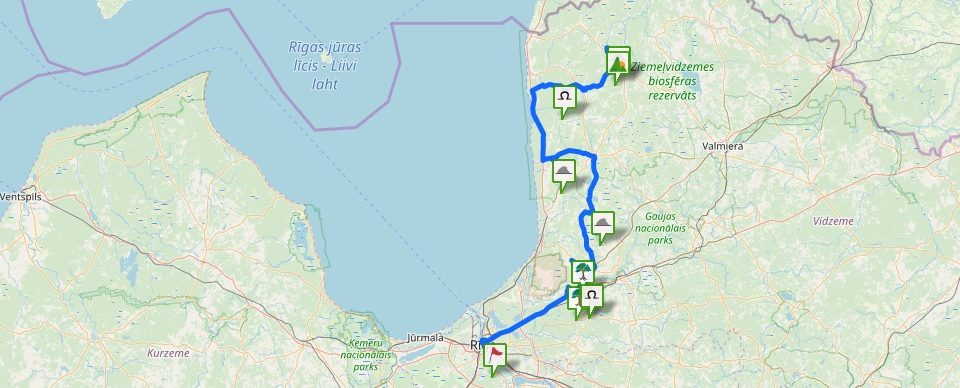The length of the offsprings growing on the spot of the former holy linden is 3 meters. According to local people’s narration the linden’s offsprings have been many times sewn off by accident (by forest workers, road maintenance workers), because they have not been considered to be significant. On site there are no indication signs that they were offsprings of a holy linden. The offsprings of the ancient holy linden are not an interesting sightseeing place, but as an ancient cult site it has to be indicated and preserved.
The Ance Holy Linden, called also the Ierciems and Upeslejas Holy Linden, has been mentioned legendary in more than 50 various tales. Basically the story runs that by the Holy Linden, at times when the enemy was approaching Ance, people were praying and telling fortune by throwing branches into the Stende River and watching in which direction they would float. The branches were floating against the stream, and the enemy did not come as far as Ance. The branch floating against the stream mentioned in tales is quite possible, because the river’s gradient is low, the stream is slow and under adverse wind, it could happen so. In 1839 the Holy Linden was visited by Professor of the Tartu University Friedrich Kruse and afterwards he published the first known picture of the tree, where one can see a very secular and mighty tree with a wide crown and a large hollow in the trunk. The Holy Linden broke down at the beginning of the 20th century, but on its site, in spite of many cases of sawing off, offsprings are continuing to grow.
An unaware person would pay no attention whatsoever to the offspring clump, but also an aware person would find the place with difficulty, because there is no sign by it. It is necessary to mark the place with some indication sign and let the offsprings grow instead of the old holy tree. The site is important from the point of view of identification of an ancient site.

